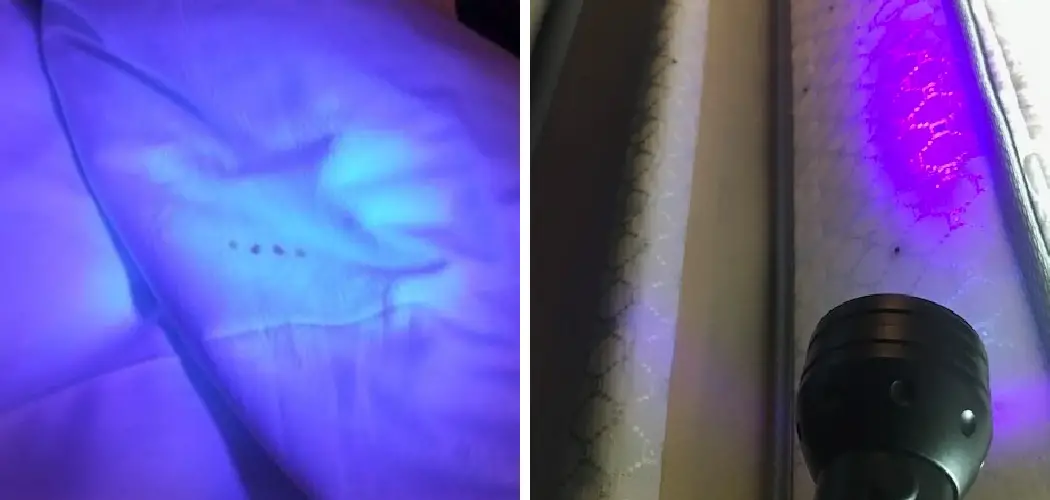Do you know how to check for bed bugs with Uv light? Probably not, because most people don’t. In this post, we will teach you how to do just that! Identifying and removing bed bugs as soon as possible is crucial to keeping your home healthy and free of these pests. So, stay tuned for our tips on using a Uv light to detect bed bugs in your home.
Summary: There is no need to spend money on expensive and time-consuming bed bug tests when you can easily check for them with a simple UV light. This is a quick and easy way to determine if there are any bed bugs present in your home, without having to remove any furniture or take any other measures.
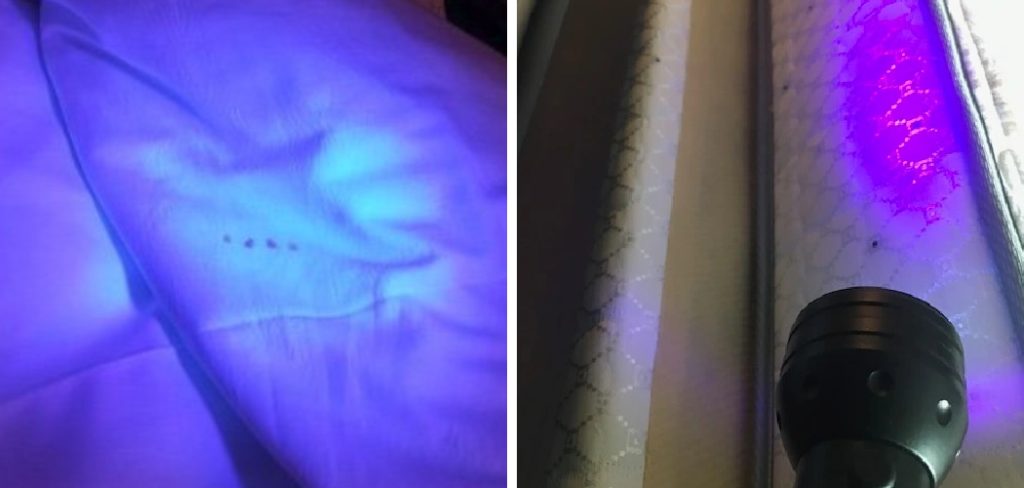
What Causes Bed Bugs?
Before we get into how to check for bed bugs with Uv light, let’s first talk about what causes them. Bed bugs are small, parasitic insects that feed on the blood of humans and animals. They are reddish-brown in color and flat, so they can easily hide in cracks and crevices. Bed bugs are most active at night, which is when they feed on their hosts. These pests are attracted to warmth and the carbon dioxide that we exhale, which is why they are often found in bedding.
They can also be found in other places where people sleep or rest, like couches, recliners, and chairs. Another cause of bed bugs could be secondhand furniture or clothing. If you bring home used furniture or clothing from garage sales, thrift stores, or anywhere else, there is a chance that bed bugs could be hitchhiking on them. Additionally, if you stay in a hotel or motel with bed bugs, you could bring them home with you in your luggage.
The other main cause of bed bugs is traveling. You are exposed to new places and people whenever you travel, which increases the chances of coming in contact with bed bugs. The other thing to remember is that bed bugs are not a sign of dirtiness. They can infest any home, no matter how clean it is.
Why Use a UV Light to Check for Bed Bugs?
Now that we’ve gone over what causes bed bugs and how they can end up in your home, let’s talk about why you should use a Uv light to check for them. One of the reasons is that bed bugs are small and hard to see with the naked eye. A Uv light will make them easier to spot. Additionally, bed bugs are most active at night, so checking for them during the day may not be effective.
Using a Uv light will allow you to see bed bugs that are hiding during the day. Another reason to use Uv light is that it can help you find bed bugs that are hiding in cracks and crevices. By using a Uv light, you can shine it into these small spaces and see if any bed bugs are hiding there.
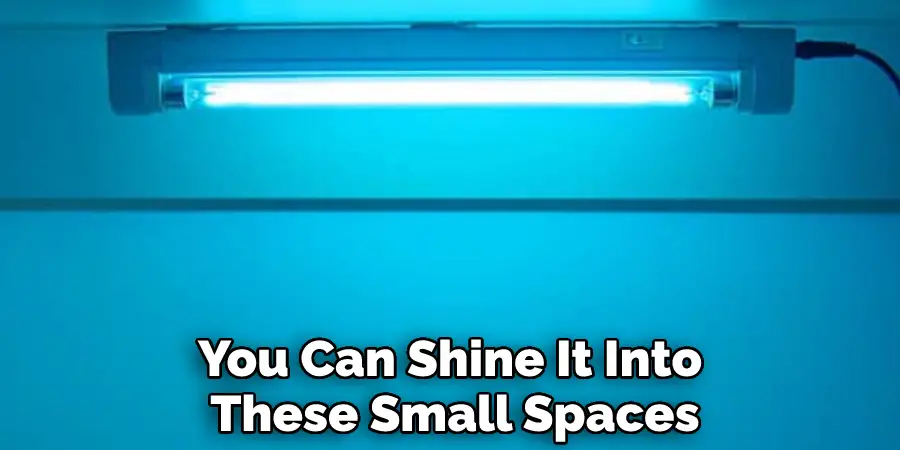
Step by Step How to Check for Bed Bugs With Uv Light
1. Choose the Right UV Light
The first step in using a Uv light to check for bed bugs is to choose the right one. You want to ensure that you get a Uv light designed specifically for checking for bed bugs. There are many different types of Uv lights on the market, so do your research to find the right one for you. If you’re unsure, ask a salesperson for help or look for reviews online. Avoid using black light as these are not as effective at detecting bed bugs.
2. Inspect Your Bedding
Once you have the right Uv light, the next step is to start inspecting your bedding. This includes your sheets, pillows, blankets, and mattress. Take a look at the seams, folds, and creases of your bedding. You’ll also want to check under your mattress and box spring. Use the Uv light to shine it into these areas and look for any bed bugs that may be hiding there. First, do a general inspection of the entire area.
Then, focus on any areas that look like they may have bed bugs. If you see any bed bugs, note where they are so you can treat them later.
3. Check Your Furniture
After you’ve inspected your bedding, the next step is to check your furniture. This includes any upholstered furniture like couches, chairs, and recliners. You’ll want to check the furniture’s seams, folds, and creases. You can also check under the cushions for bed bugs. You can use a UV flashlight to check your furniture for bed bugs. First, look for any bed bugs that may be hiding in the seams of your furniture.
Then, check under the cushions for any bedbugs that may be hiding there. If you find any bedbugs, you’ll want to take action to get rid of them as soon as possible. Avoid using any furniture that has bed bugs. You should also avoid using any upholstered furniture that you think may have bedbugs. If you’re not sure, it’s best to err on the side of caution and get rid of the furniture.
If you have any infested furniture, you’ll want to dispose of it properly. You can either throw it away or take it to a local dump.
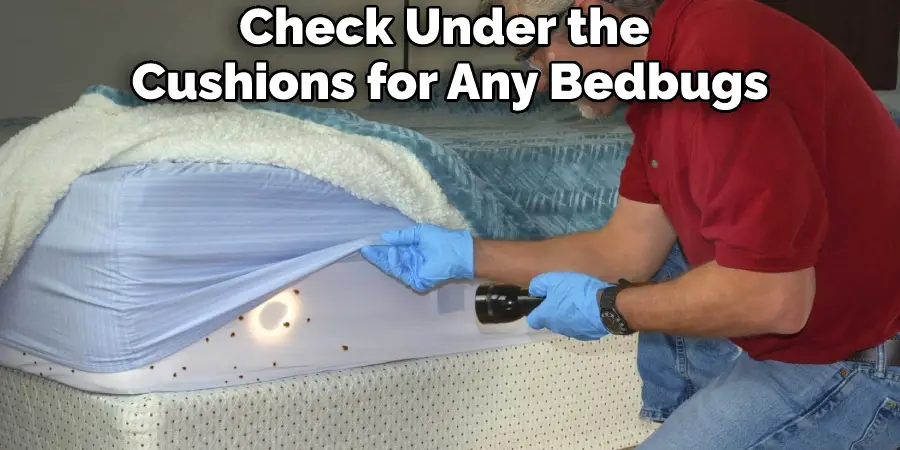
4. Check Your Carpeting
Another place that bed bugs like to hide is in carpeting. You’ll want to check any areas of your home that have carpeting. This includes stairs, hallways, and bedrooms. You can use a UV flashlight to check your carpeting for bed bugs. First, do a visual inspection of the carpet. Look for any bugs or eggs that you see. If you don’t see anything, then run the UV light over the carpet.
The light will make any bed bugs visible. You can then vacuum them up and dispose of them. If you have a lot of carpeting in your home, you may want to consider hiring a professional to clean it. This will ensure that all the bed bugs are removed.
5. Check Your Clothing
Bed bugs can also hide in your clothing. You’ll want to check any areas where you store your clothing. This includes closets, dressers, and storage bins. You can use a UV flashlight to check your clothing for bed bugs. First, put all of your clothing in a plastic bag. Then, hold the bag up to the light. If you see any bed bugs, they will glow under UV light.
If you don’t have a UV flashlight, you can also look for bed bugs with a regular flashlight. Look for any brown or red stains on your clothing. These could be bed bug droppings. It would be best to look for small, white eggs on your clothing. Bed bugs lay their eggs in fabric, so this is another sign that they may be present.
6. Check Your Home for Bed Bugs
Now that you know how to check for bed bugs, it’s time to start checking your home. Use the tips above to check all the areas of your home where bed bugs could be hiding. To use a UV light to check for bed bugs, first turn off all the lights in the room. Then, please turn on the UV light and slowly scan it over all the surfaces in the room. Look for any bed bugs that may be hiding in cracks or crevices. If you find any, be sure to remove them right away.
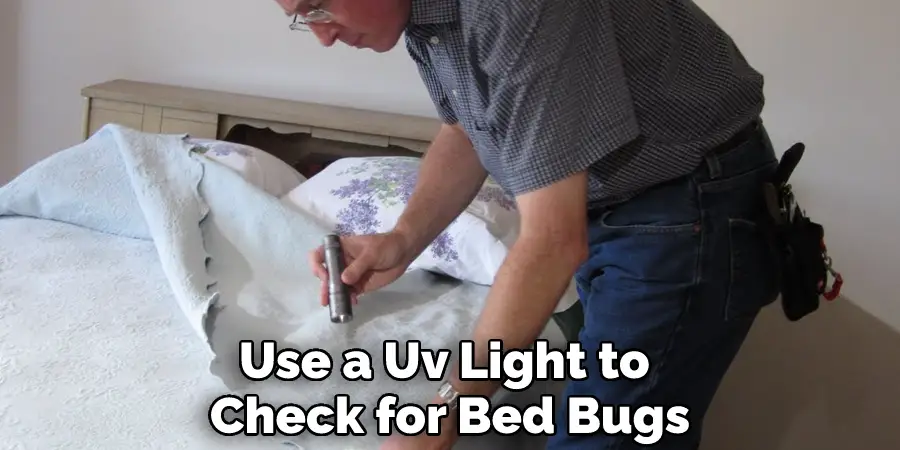
7. Look for Bed Bugs in Electronics
One place that bed bugs like to hide is in electronics. This is because they are attracted to the heat that electronics give off. To check your electronics for bed bugs, first, unplug all of your electronics. Then, use a UV flashlight to scan the area around the electronic. Look for any bed bugs that may be hiding in cracks or crevices. If you see any, be sure to vacuum them up immediately.
Tips and Warnings on How to Check for Bed Bugs With Uv Light
Tips:
- Look for black or brown spots on your sheets and mattress. These could be bed bug excrement or blood stains from crushed bugs.
- Check for small, translucent eggs glued to surfaces like your headboard or bed frame.
- Inspect any cracks and crevices in your furniture for bed bugs.
- Use a UV flashlight to look for bed bugs in hard-to-see places.
Warnings:
- Don’t try to treat a bed bug infestation yourself. Instead, hire a professional exterminator to get rid of the bugs.
- Be sure to wash all of your bedding in hot water and dry it on high heat to kill any bed bugs that may be hiding there.
- Vacuum your bedroom thoroughly to remove any bed bugs that you may have missed.
- Do not bring any secondhand furniture into your home if you suspect it may be infested with bed bugs.
- If you travel, inspect your hotel room for bed bugs before unpacking your bags.
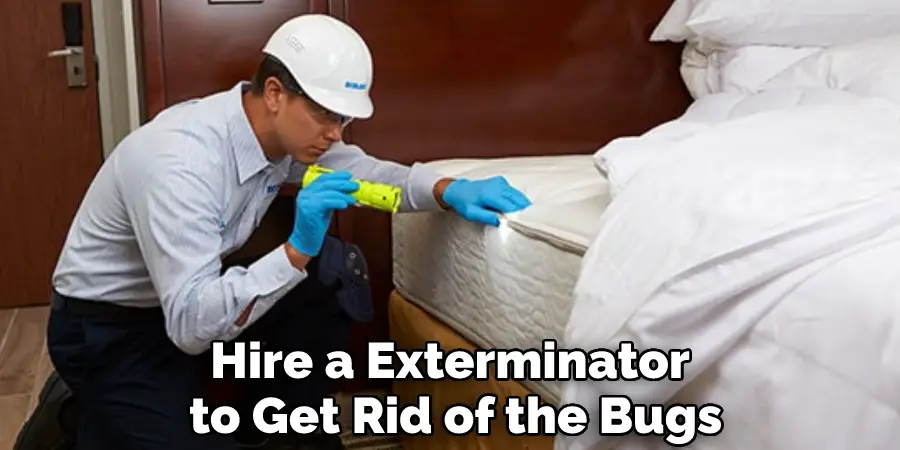
Conclusion
So there you have it, a guide on how to check for bed bugs with uv light. By following these tips, you can easily find any bed bugs hiding in your home. You can get rid of these pests for good with a little effort. We hope you found this guide helpful. Thanks for reading!
